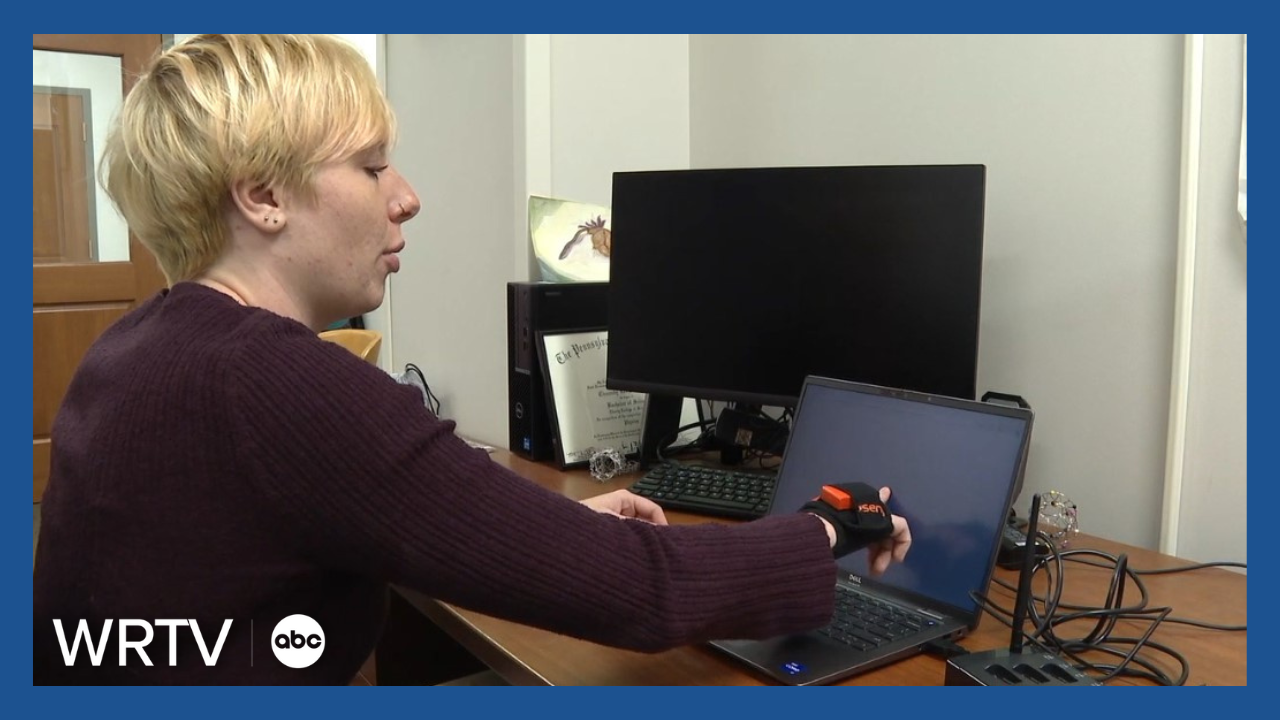BLOOMINGTON — Researchers at Indiana University are developing a new test that could dramatically shorten the time it takes to diagnose autism and ADHD.
The test involves participants wearing a motion sensor and tapping targets on a screen between 100 and 120 times. While the task may seem simple, researchers say the way a person moves can reveal important clues about their neurological development.

“It turns out that motion isn’t as simple as you think,” said Jorge José, a physics professor at IU who began developing the test more than 13 years ago. “People with neurodevelopmental disorders have more random fluctuations in their motion compared to those who are neurotypical.”
José and his team have recently incorporated artificial intelligence into their analysis, using deep learning to assess the movement data.
“What we found is we could actually predict with 70% accuracy whether someone has autism or ADHD,” José said. “That’s better than what a psychiatrist can typically do.”
The ultimate goal is to reduce wait times for families seeking a diagnosis. Right now, the process can take anywhere from three months to three years, depending on access to qualified professionals and insurance limitations.

“There’s just not a ton of us,” said Dr. Ruth Bernstein, director of psychological services at Hopebridge Autism Therapy Center. “Insurance will only accept diagnoses from specific providers, so even though there are plenty of people trained, they’re not always authorized to do the testing.”
Current diagnostic procedures often involve extensive paperwork, interviews, and in-person assessments. Bernstein said some of the shortest tests take 12 to 15 minutes, while others can last more than an hour.
She sees promise in tools like the one being developed at IU.
“This development is really cool,” Bernstein said. “That it's able to diagnose at a little bit of an older age but still have the software and diagnose both autism and ADHD."
What’s more, the test doesn’t require a specialist to administer it. Researchers hope to make it accessible for school staff, nurses, or even parents.
“Can we provide a way for psychiatrists, nurses, or elementary school teachers to do it themselves?” José said.
While the test is still undergoing further trials, José said it’s a step toward faster diagnoses and better outcomes.
“It is very satisfying to be able to do something that may help children and their parents get the attention they deserve — sooner, rather than later,” he said.
To find out more on the study you can visit this article.





